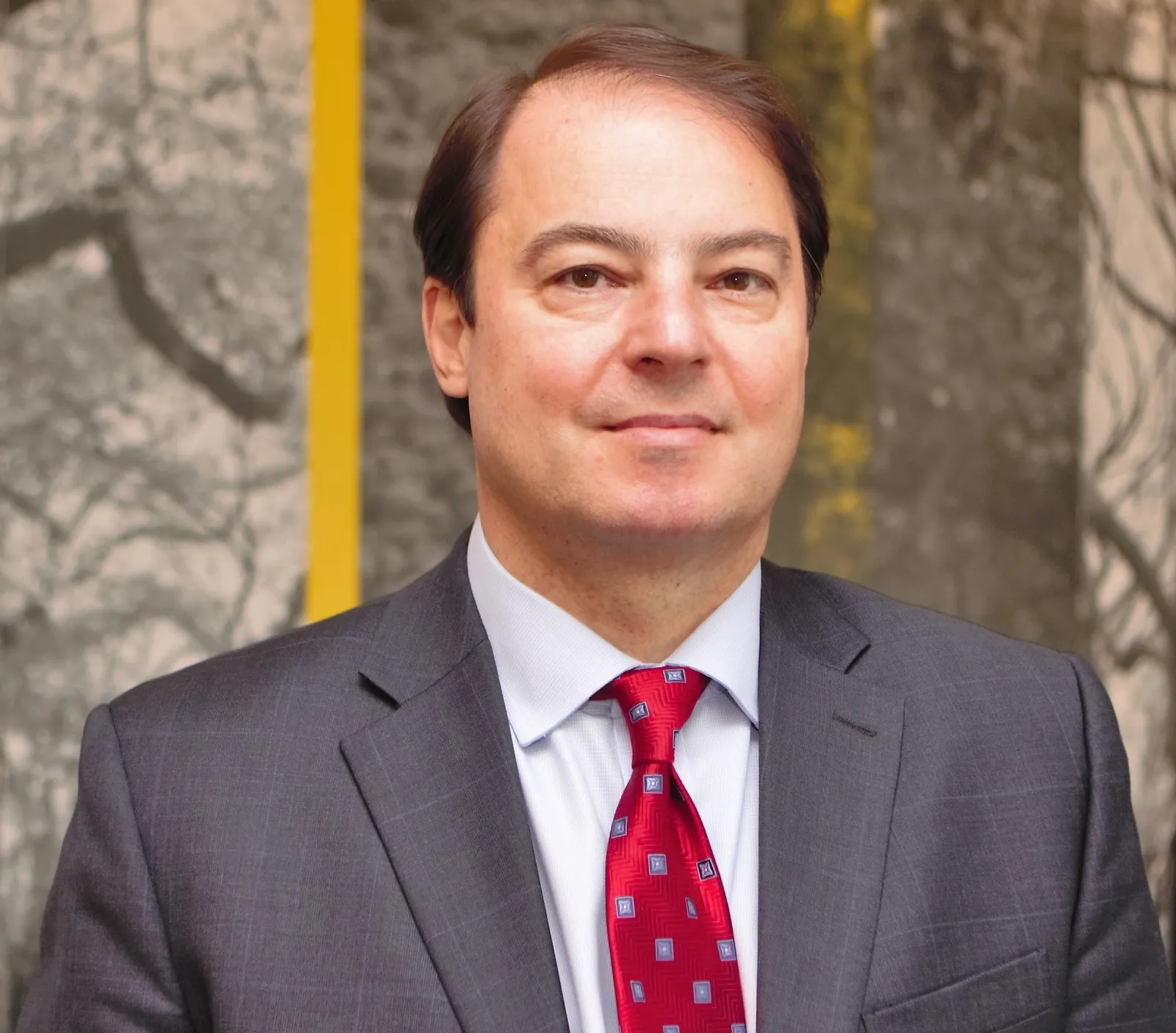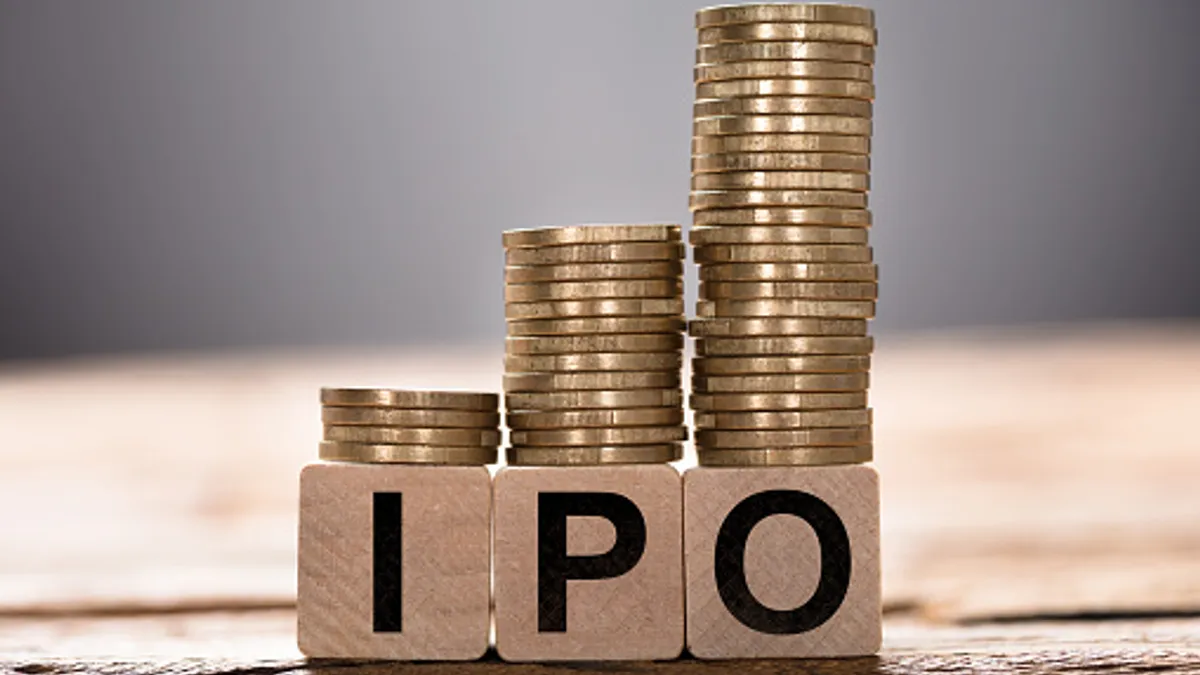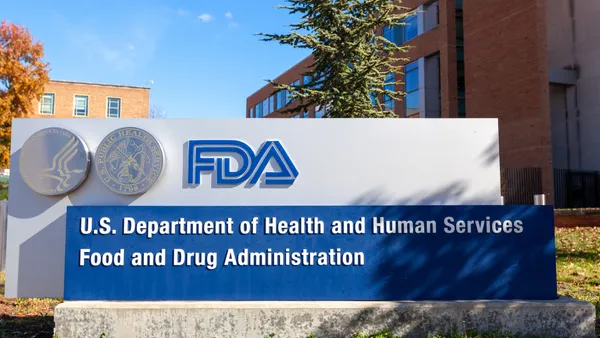This year just hasn't been the right time for companies to go public, judging by the fact that only 20 companies have done so as of November. Compare that to more than 100 IPOs in 2021 — a record year — and it's clear that larger forces are at work.

Amid worldwide inflation and with a potential recession on the horizon, the window for IPOs began to close at the beginning of 2022, according to an EY report from June. A fundamental shift in the financial landscape had biotechs navigating uncharted waters. And who wants to launch a ship without knowing which way the wind is blowing?
"IPOs and SPACs are still very quiet, because in 2021, the backlog of companies who were able to go public already went public," Arda Ural, EY Americas industry markets leader for health sciences and wellness, said in an interview. A SPAC — or special purpose acquisition company — is a way to go public via a shell entity that became popular in 2020 but has since lost steam.
Ural explained that the "IPO playbook" changed in the last year and a half.
"The IPO playbook was to get a phase 2 positive result so my venture capitalist investors are happy, my earlier angel investors are happy, I was able to put some shoestrings together to get us there, and now I need real money to build up my commercial infrastructure," Ural said. "That's what I need to proceed to going public. But that book was thrown out in the last 18 months."
Biopharma IPOs by the numbers 2021-2022
The companies that went public when valuations were higher during the height of the pandemic found that the step may have been premature. An IPO is great for any company with de-risked technology, Ural said, but now that the valuations have settled back to "normal," a biotech in early or mid-stage trials doesn't hold as much promise for investors as it did a year ago.
"We need to find that book, and (open it) again because we are back to the normal dynamic," Ural said.
Some investors have reportedly become optimistic that the IPO market will return, seeing renewed hope in many of the IPOs in the second half of the year. Despite ongoing volatile conditions, industry analysts such as SVB Securities speculate that the engine will reheat in early 2023 — although perhaps not at the valuations some biotechs would like to see.
The largest biopharma IPO of the year so far has been for a proposed spinout of Bauch Health's eyecare business Bausch + Lomb in May for $630 million in total proceeds. That topped 2021's biggest venture, for Sana Biotechnology, which came in at $588 million.
More recently in September, Third Harmonic pulled off a $185 million IPO to help fund its phase 1 immunology pipeline.
Ural said the drop in IPOs from September isn't necessarily a bad thing for the industry's growth. After all, many of these companies already went public in 2021 and a cooldown is necessary at times.
"That backlog needs to fill back up for the de-risked companies to get back into the IPO market," Ural said.
Although IPOs are currently happening at the lowest rate in years, they are sure to bounce back as companies find themselves in the position to make going public a feasible option, Ural said, adding that companies should continue to prepare for that time.
"With the highs of COVID behind us, we are now getting back to normal," Ural said.












